
Let’s get this straight from the beginning: The Van’s Aircraft RV-14A is not an off-the-shelf airplane. Every one of them out in the wild is custom-built.
Even its recommended 210 hp Lycoming Thunderbolt XIO-390 engine is hand-assembled, polished and ported by a select team of Lycoming employees. And the “A” denotes a nosewheel version, with the tailwheel model being the RV-14.
Every airplane that has ever been graced by the Van’s moniker is essentially a one-off, again by design.
These aircraft are delivered to buyers as sophisticated kits with an elaborate set of detailed assembly instructions—generally, five shipments of aluminum and fiberglass composite parts, pre-drilled, pre-welded and mostly pre-formed, and all machined to exacting standards by CNC machines. Since 1973, Aurora, Oregon-based Van’s has delivered more than 18,000 complete kits, beginning with the RV-3. Of all the kit aircraft delivered, there are more than 10,000 Van’s aircraft flying, more than any other aircraft kit manufacturer.
Why go with a kit aircraft if you are looking to own a general aviation airplane? Ask yourself: Are you looking for the adventure of building an aircraft? Not feeling rushed? Need an aircraft you can afford? Many kit buyers look purely at the economics of building and owning an amateur-built aircraft. They need to understand that you can only take full advantage of the economic advantages if you build the airplane yourself. Why?
FAA rules state that homebuilders must construct a minimum of 51 percent of the aircraft. Those who do can apply for and receive the Holy Grail of homebuilding, a repairman’s certificate entitling them to perform all the necessary maintenance on their own machine. Any aircraft owners who have paid labor costs for an annual inspection know the value of that certificate.
A NEW KIND OF KIT
This story is from the September 2020 edition of Flying.
Start your 7-day Magzter GOLD free trial to access thousands of curated premium stories, and 8,500+ magazines and newspapers.
Already a subscriber ? Sign In
This story is from the September 2020 edition of Flying.
Start your 7-day Magzter GOLD free trial to access thousands of curated premium stories, and 8,500+ magazines and newspapers.
Already a subscriber? Sign In
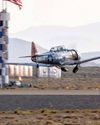
The Temple of Speed
Reno entices even this altitude-oriented pilot.

Flat Sixes
Fanatical artisans
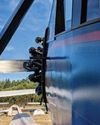
Blue over Green, Tent in Between
I’m old , I’m cranky. Why do I keep air-camping?
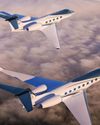
Gulfstream Reveals G400, G800
The product lineup gains large-cabin and ultralong-range mounts.
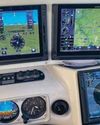
Every Airplane Requires a Checkout
Embrace the challenge of mastering a new machine.
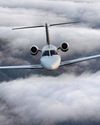
Fuhggedaboutit
Fifty-plus years of f lying forgetfulness
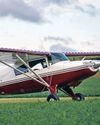
THE MAULE FAMILY APPROACHABLE AIRCRAFT
Choose your mount —the Maules do it all.

Sisters
“ Women certainly have the courage and tenacity required for long flights.” —Mildred Doran

INSIDE OUT OR OUTSIDE IN?
What kind of pilot should you be?
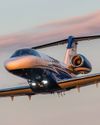
WE FLY: CESSNA CITATION CJ4 GEN2
THE FLAGSHIP CJ JUST GOT A WHOLE LOT BETTER.